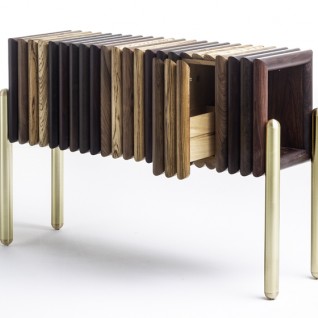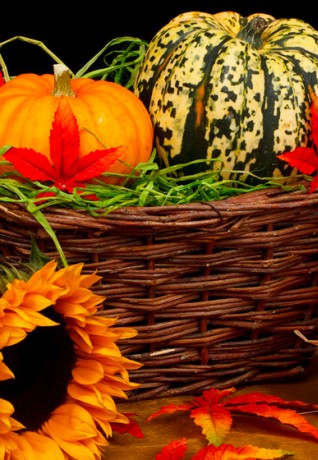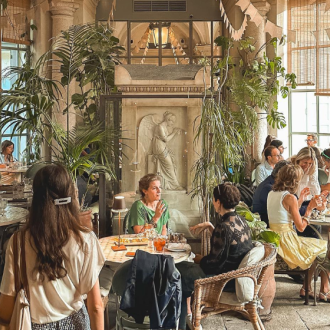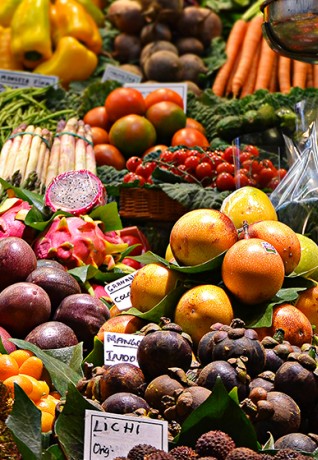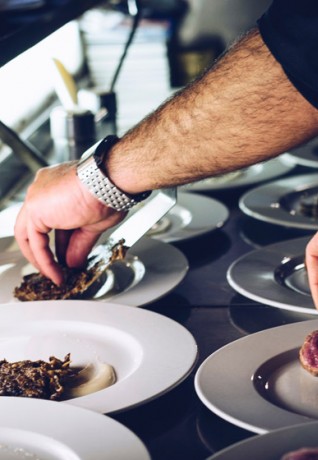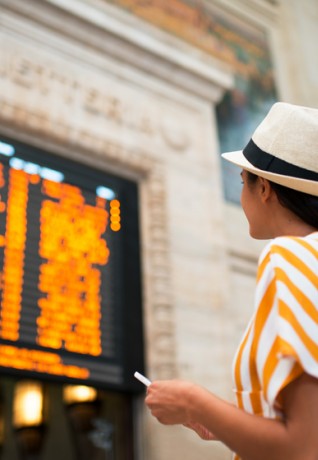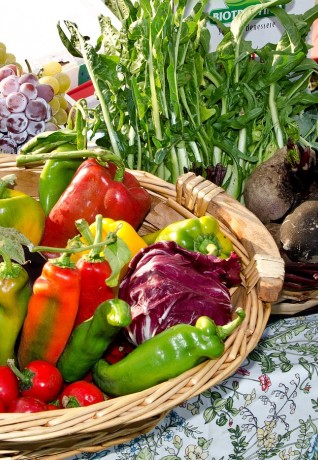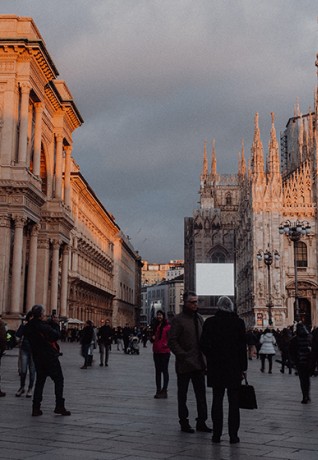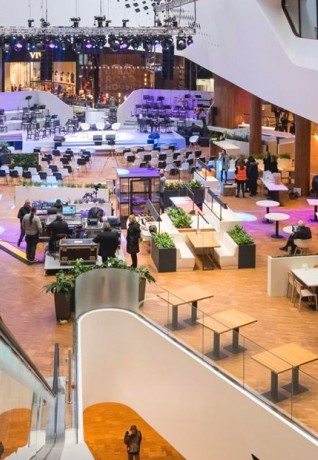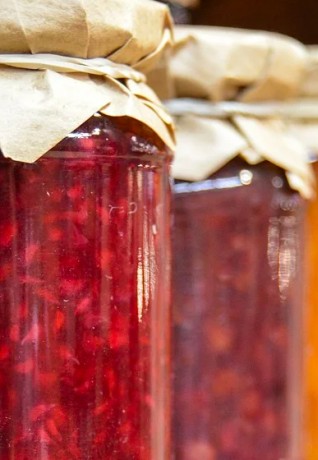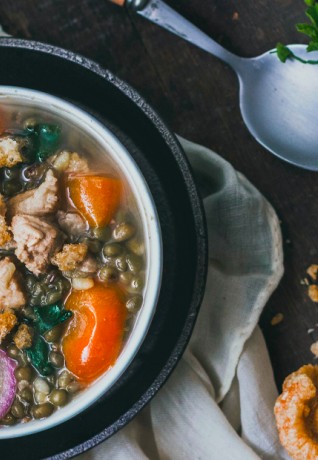Ethnic cuisine travels along the red line
Great gourmet experiences, on and off the Milan metro, to discover the city districts and a profusion of international flavours.
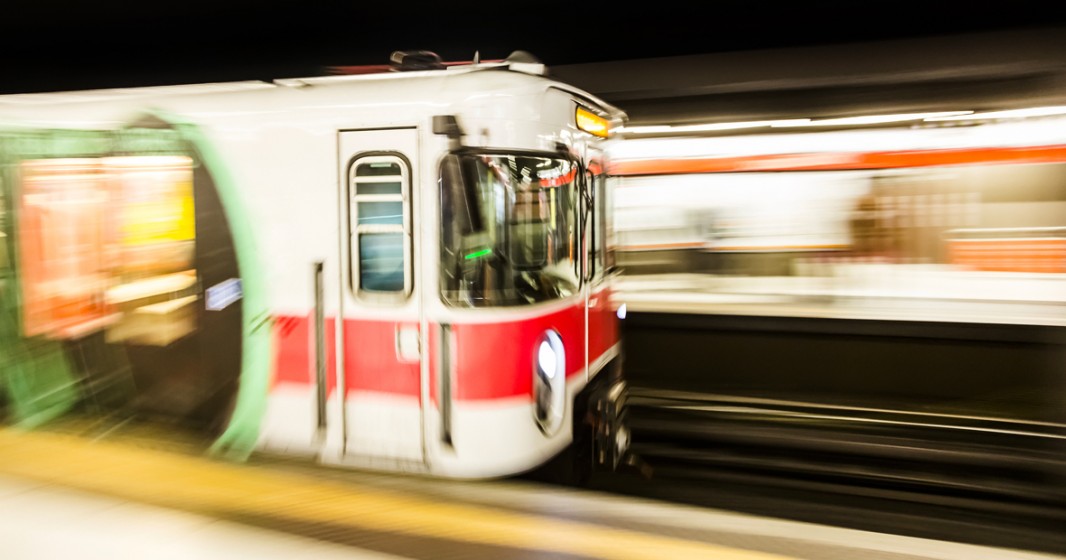
Milan’s soul is an irresistible blend of Italian, European and cosmopolitan.
So, whatever type of cuisine you have in mind, you are bound to find a restaurant to suit your taste buds, be it Eritrean, Peruvian or Brazilian.
Check out our ethnic foodie itinerary along the MM1 red metro line to discover some of Milan’s districts that will provide a gourmet tasting experience with all the flavours of international cuisine.
Our journey begins at the Porta Venezia MM1 stop, a district that hosts a very high concentration of restaurants in the world from various different cultures, with food to please every taste.
The Ethiopian-Eritrean community first began to settle around Corso Buenos Aires in the 1980s opening food shops and restaurants serving exotic cuisine from the Horn of Africa in the area comprised between Via Vitruvio and Viale Vittorio Veneto.
In later years, the area opened its arms to other foreign communities as well, Arabs and Indians in particular.
The largest ethnic group is undoubtedly that of the Ethiopians and Eritreans with its many restaurants serving up spicy dishes of meat and vegetables. You could treat yourself to piquant zighinì served on injera, the typical spongy and slightly sour flatbread or make a foray into the unmistakable flavours of Indian dishes, packed with cinnamon, curry and ginger, in a delightful excursus of sweet and sour where the spiciness is offset by the acidity of yoghurt and tamarind.
And then, of course, you will find ever-popular and versatile couscous served in the Arab restaurants and the festive vibe and flavours typical of Brazilian cuisine with dishes based on tapioca, potatoes, fish and meat, along with dried and exotic fruits (juicy pineapple, papaya, mango, sweet coconut, tangy tamarind and guava) together with rice, legumes and shellfish for a truly unique and beautifully varied mix for the palate.
Not to forget Argentine cuisine with its mega servings of grilled Argentine meat (fillet, sirloin, cut, codon, rib) finished off with the famous creamy dulce de leche milk-based dessert.
The red Metro line takes us across other borders to discover other exotic tastes to delight the palate. The second stop-off on our ethnic foodie trip is Pasteur on Viale Monza, a major throughfare that runs northwards from Piazzale Loreto up to the last metro stop in the municipality of Sesto San Giovanni.
Milan’s original Chinatown is located in the central district of via Paolo Sarpi but in this area, towards the outskirts of the city, you can still taste great Chinese cuisine or opt for the appetising and colourful sauces of Filipino cuisine. Add to that ever-popular Japanese sushi, piquant Thai food and the scent of Indian curry and tandoori cooking and finally the fascinating fusion of Turkish cuisine perfumed with cumin, paprika and aromatic herbs.
If we hop off at our third MM1 stop we can travel overseas for another gourmet experience and discover the exquisite flavours of Peruvian cuisine, which is still too little known, but is considered by experts to be one of the most varied in the world and on a par with the French, Chinese and Indian.
From Turro we can easily reach the Via Padova area, which starts from Piazzale Loreto and is another major connecting road with a profusion of shops. A neighbourhood bursting with a dynamic mix of cultures that also hosts a large immigrant community from Peru. Peruvian cuisine has evolved over time, combining ancient Inca traditions with influences from centuries of foreign immigration, to create a maze of flavours and utterly unique dishes based on fish, meat and vegetables.

 Log in
Log in






